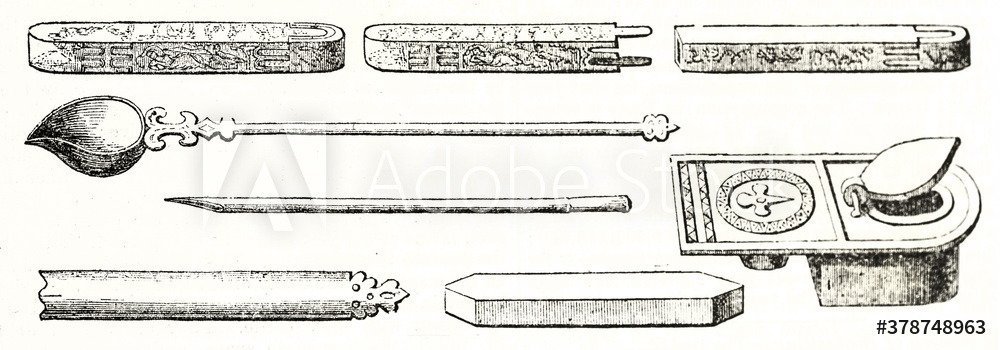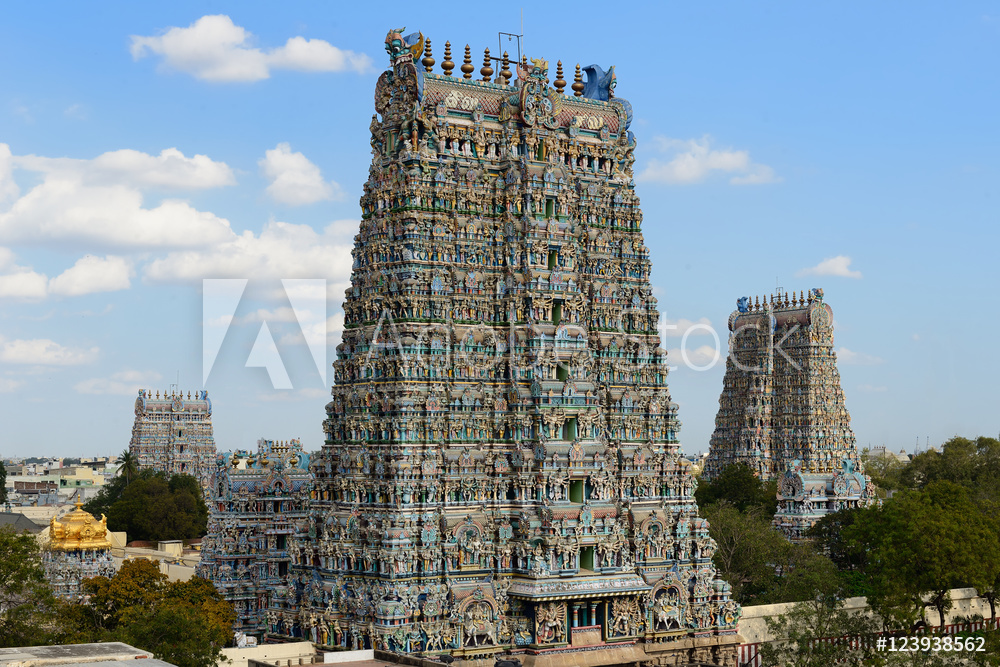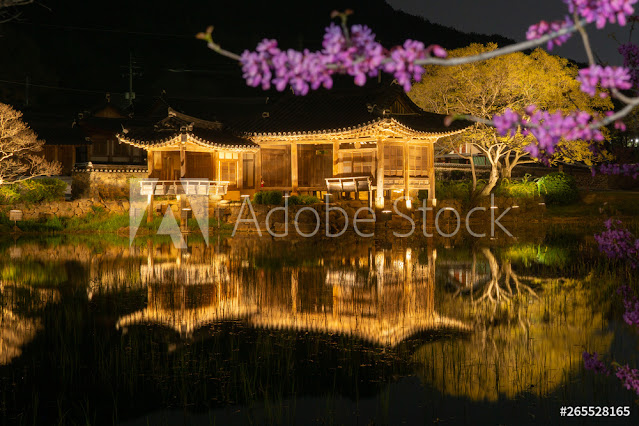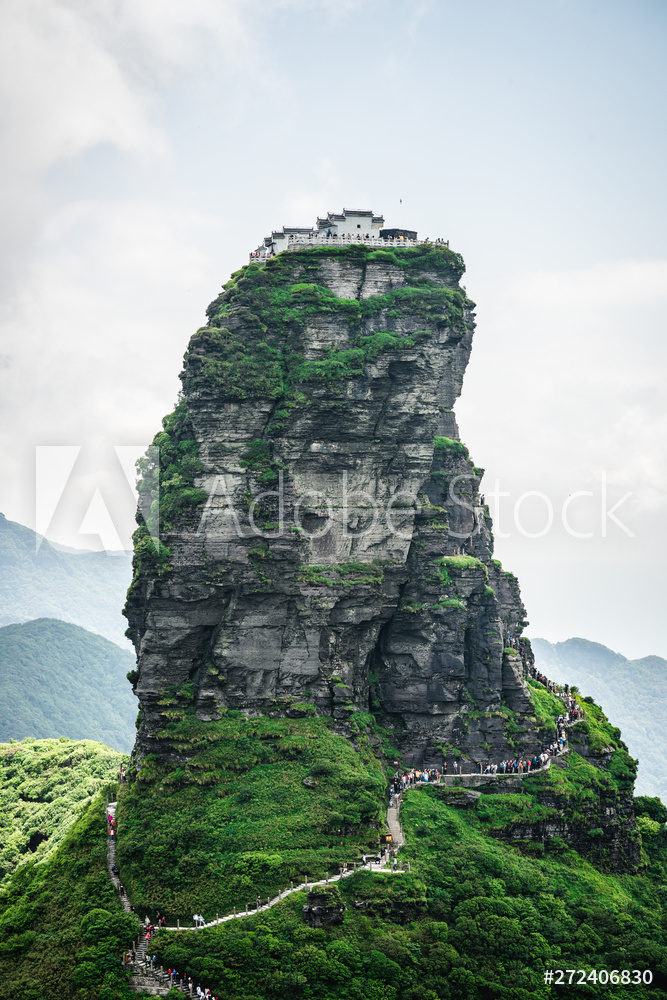The Karnak Temple Complex, commonly known as Karnak from Arabic, Khurnak meaning "fortified village", comprises a vast mix of decayed temples, chapel, pylons, and other buildings near Luxor, in Egypt. Construction at the complex began during the reign of Senusret I in the Middle Kingdom and continued into the Ptolemic period, although most of the extant buildings date from the New Kingdom.
Karnak is an ancient Egyptian temple precinct located on the east bank of the Nile River in Thebes (Luxor today). It covers more than 100 hectares, an area larger than some ancient cities.
The Egyptians believed that towards the end of annual agricultural cycle the gods and the earth became exhausted and required a fresh input of energy from the chaotic energy of the cosmos.
To accomplish this magical regeneration the Opet festival was held yearly at Karnak and Luxor. It lasted for 27 days and was also a celebration of the link between pharaoh and the god Amun. The procession began at Karnak and ended at Luxor Temple, one and a half miles to the south.
 |
| OBELISK AT KARNAK TEMPLE |
Construction at Karnak started by 4000 years ago and continued up until the time the Romans took control of Egypt, about 2,000 years ago. Each Egyptian ruler who worked at Karnak left his or her own architectural mark. The UCLA Digital Karnak project has reconstructed and modeled these changes online. Their model shows a bewildering array of temples, chapels, gateway shaped "pylons", among many other buildings, that were gradually built, torn down and modified over more than 2,000 years.
WHY IS THE TEMPLE AT KARNAK SO FAMOUS?
Cult temple dedicated to Amun, Mut, and Khonsu. The largest religious building ever constructed. The temple of Karnak was known as Ipet-isu or "most select of places"-by the ancient Egyptians. The great temple at the heart of Karnak is so big that St. Peter's, Milan, and Notre Dame Cathedrals would fit within its walls.
WHO BUILT THE KARNAK TEMPLE?
RAMESSES III
Built by Ramesses III, a king who reigned from 1186 to 1155 BC, the temple is about 230 feet by 88 feet.
























































